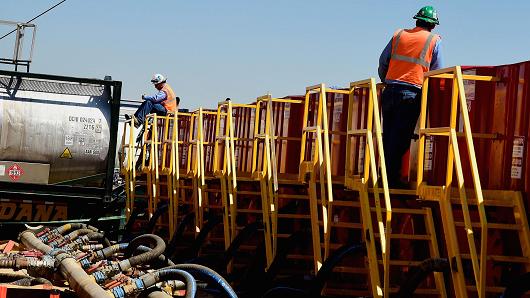 In an indication the government may continue with the 5/20 rule for airlines, the draft civil aviation policy on Friday put forth three options: Retaining it, withdrawing it altogether or withdrawing it with a caveat. The 5/20 rule requires an Indian airline to have a minimum fleet size of 20 aircraft and operational experience of five years before it can commence international operations. The third option proposed is to enforce domestic flying credits (DFC) which require an airline to earn and maintain 300 DFCs annually to start flights to Saarc nations and countries beyond a 5,000 km radius of New Delhi.
In an indication the government may continue with the 5/20 rule for airlines, the draft civil aviation policy on Friday put forth three options: Retaining it, withdrawing it altogether or withdrawing it with a caveat. The 5/20 rule requires an Indian airline to have a minimum fleet size of 20 aircraft and operational experience of five years before it can commence international operations. The third option proposed is to enforce domestic flying credits (DFC) which require an airline to earn and maintain 300 DFCs annually to start flights to Saarc nations and countries beyond a 5,000 km radius of New Delhi.
While Ajay Singh, CMD, SpiceJet, which is eligible to fly overseas, said the 5/20 rule should not be abolished, Mittu Chandilya, CEO & MD of the much younger AirAsia said the rule should be done away with and said a decision would have sent a clear message. “Nowhere in the world does such a policy exist,” Chandilya said.
The draft policy proposes tax incentives for maintenance, repair and overhaul facilities which have been welcomed as it would help the country earn around Rs 5,000 crore annually from local airlines alone.
It also focuses on boosting regional connectivity and encouraging middle-class consumers to fly again with a slew of financial sops and a 2% cess to be levied on domestic and international routes. Unveiling the policy, civil aviation secretary RN Choubey said the cess would help raise around Rs 1,500 crore annually and the funds would be utilised to reopen hundreds of airstrips, build “no-frills” airports and provide viability gap funding to airlines to help keep prices on regional routes at Rs 2,500 per hour of travel. The aim, Choubey said, was to enable the 300-million-strong middle class to travel at least once a year by air. According to him, if every such Indian took one flight every year, it would result in the sale of 300 million tickets compared with 70 million at present.

What may particularly hurt airlines is the proposed change to the route dispersal guidelines on which will depend the accrual of DFCs. The draft policy suggests increasing the number of routes in the category I sector. However, since the proportion of routes that airlines need to fly in categories II and III remains unchanged, they will need to develop new routes in these categories.
The policy has also proposed waiving service tax on MRO expenses incurred by airlines aimed at making India a hub for such services. Among other positives for the industry are that no government approval would be required for code share between airlines, permitting airlines to do ground handling at airports, and removing Central Industrial Security Force (CISF) from non-aero operations at airports.
Although the levy of 2% cess could raise ticket prices on most of the domestic and international routes, industry veterans played it down stating that if benefits accrue such issues would get squared. Singh said that imposition of cess would not be making a “big difference” in airfares as it would help in improving regional connectivity.
Similarly, IndiGo president Aditya Ghosh said that if the proposal to charge 2% levy is seen in isolation, then air fares would rise. “At the same time, if the money collected from cess is invested back in the airport infrastructure like air traffic management and ground handling, then we will definitely see fares coming down,” he added.
The viability gap funding to the airlines for regional connectivity would be indexed to aviation turbine fuel price, which forms a major chunk of airlines’ expenses and would be shared by the Centre and states in the ratio of 80:20.
The draft policy also proposes a model to auction bilateral air traffic rights to countries that are at a distance of less than 5,000 km. “For countries within 5,000 km where domestic airlines have not fully utilised their quota, additional seats above existing rights would be allotted by bidding for a three-year period. The proceeds of the auction will also be used to fund regional flying in the country,” Choubey said. It proposes open skies with Saarc nations and countries that are beyond 5,000 km flying distance on a reciprocal basis.
In a significant move, Choubey also said increase in foreign direct investment in airlines from 49% to above 50% would be examined if the government decides to go in for open skies.
The proposed subsidies for enhancing air connectivity would, however, be only offered in states that reduce VAT on ATF to 1% or less at regional connectivity airports. “States are currently not collecting any tax at RCS (regional connectivity scheme) airports because there are no flights to these destinations. If they reduce VAT on ATF at these airports, they would be earning to the extent connectivity improves to that location,” Choubey said.
The no-frills airports at around 400 unused airstrips across the country would be developed at an estimated cost of around Rs 50 crore each. The policy will be put up for public consultations for a period of three weeks. A draft Cabinet note would be framed thereafter and sent for inter-ministerial consultations.
[“source -financialexpress”]




